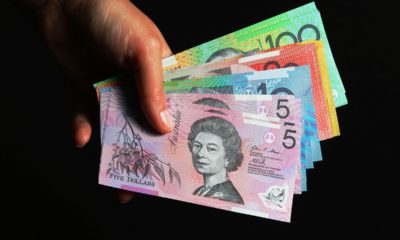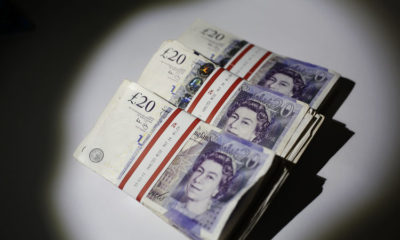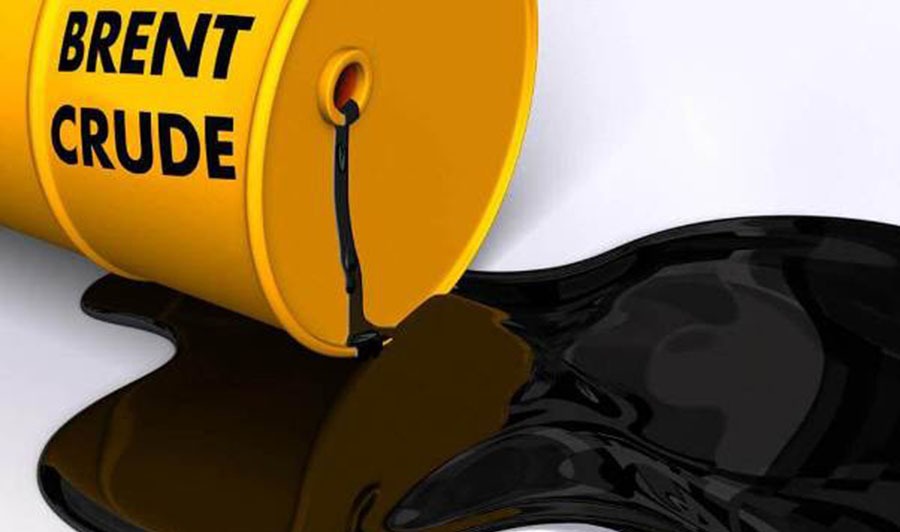Stock markets are treading water on Tuesday, with jobs number from the UK not inspiring and Chinese data also highlighting weakness in the recovery.
Some positives for the BoE to cling to
UK jobs data was a mixed bag this morning as wages accelerated again to 6.7%, excluding bonuses, while unemployment also ticked higher as inactivity fell. The Bank of England will no doubt be concerned about the pace of wage growth, with it not being consistent with inflation returning to 2%, but there are signs of slack emerging which is encouraging.
If inflation does halve as expected this year, that in itself should have a dampening effect on wage growth alongside a less tight labour market. There’s still a long way to go but there are promising signs. Sterling declined after the data amid signs that the numbers may soon be enough for the MPC to pause its tightening cycle. Markets are pricing in only one more hike this year before reversing course from the start of next.
An unbalanced recovery in China
Chinese data overnight disappointed, highlighting the likely need for further monetary support from the PBOC over the coming months. The consumer has been the engine of growth for the economy in the opening months of the year but that, as we’ve seen elsewhere post-pandemic, is primarily services based.
The recovery in China is simply not broad-based and there remain many pockets of weakness that targeted stimulus could provide a boost to. Industrial production and fixed asset investment were both well short of expectations last month and there’s little sign of that improving without additional support.
Oil settles in lower range and further declines may prove challenging
Oil prices are marginally higher on Tuesday but remain below the December to March range. The risks remain tilted to the downside amid a sluggish recovery in China, uncertainty around the US economy and banking system, and the impact of much higher interest rates on demand.
The primary bullish case for oil prices comes from OPEC+ and the prospect of another output cut in a couple of weeks but even that has been downplayed. Perhaps Brent has simply consolidated for now in a $70-$80 range, with a move below here potentially difficult as the US seeks to refill the SPR at these levels, while OPEC+ wouldn’t hesitate to pull the trigger if prices slipped too far.
Gold buoyed by debt ceiling drama
Gold is a little lower on the day but remains above $2,000 as traders appear reluctant to concede on hopes of record highs. The yellow metal came within a whisker of record highs earlier this month and could take another run at it, depending on how things unfold over the coming weeks.
Debt ceiling drama could be supporting gold and preventing a deeper correction. I think everyone is extremely confident that a default will not happen but the closer we get to the deadline, the more we’ll see those risks being priced into the markets which could support gold.
Beyond that, it’s all about interest rates and whether we can get more evidence of inflation abating and the labour market becoming less tight. That will justify a pause next month and, if we see significant progress on that front, start the conversation around when easing will begin.
A deeper correction for bitcoin?
Bitcoin appears to be consolidating around $27,000 in the short term but there remains downside risk after breaking this notable support level last week. It found support around $26,000 but may struggle to generate significant momentum higher. It’s been a phenomenal run this year so a correction would make sense. If it does break below $26,000 then $25,000 would be the next potential support level.

 Forex3 weeks ago
Forex3 weeks ago


 Naira2 weeks ago
Naira2 weeks ago
 Billionaire Watch2 weeks ago
Billionaire Watch2 weeks ago




 Naira2 weeks ago
Naira2 weeks ago




 Naira2 weeks ago
Naira2 weeks ago




 Naira1 week ago
Naira1 week ago




 Naira4 weeks ago
Naira4 weeks ago




 Naira3 weeks ago
Naira3 weeks ago






















